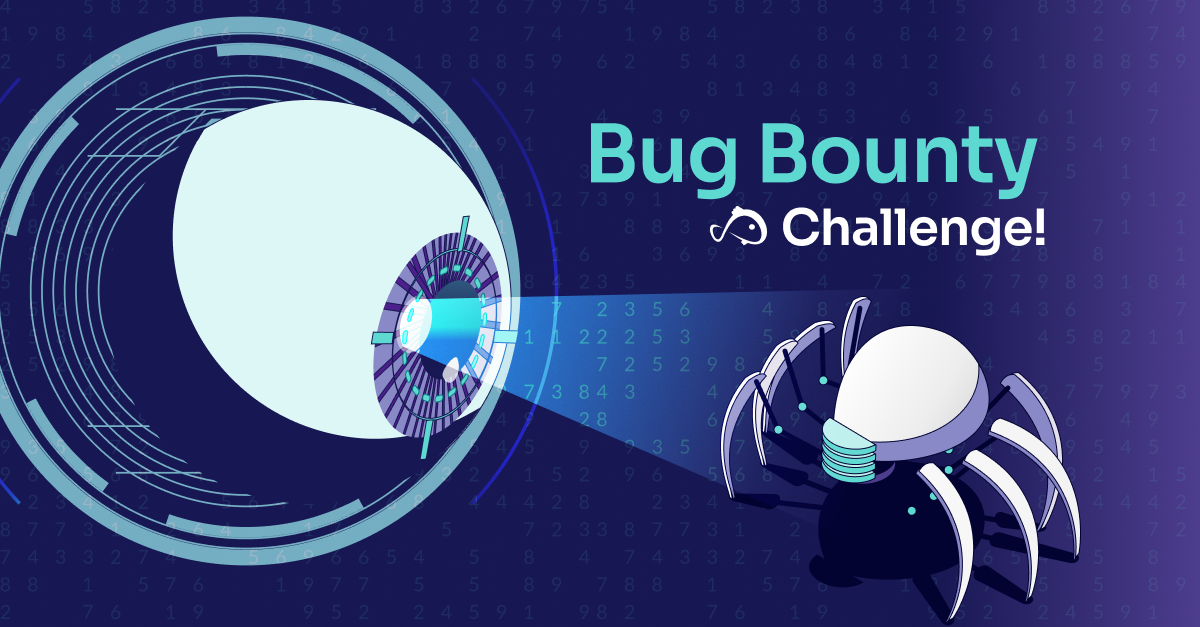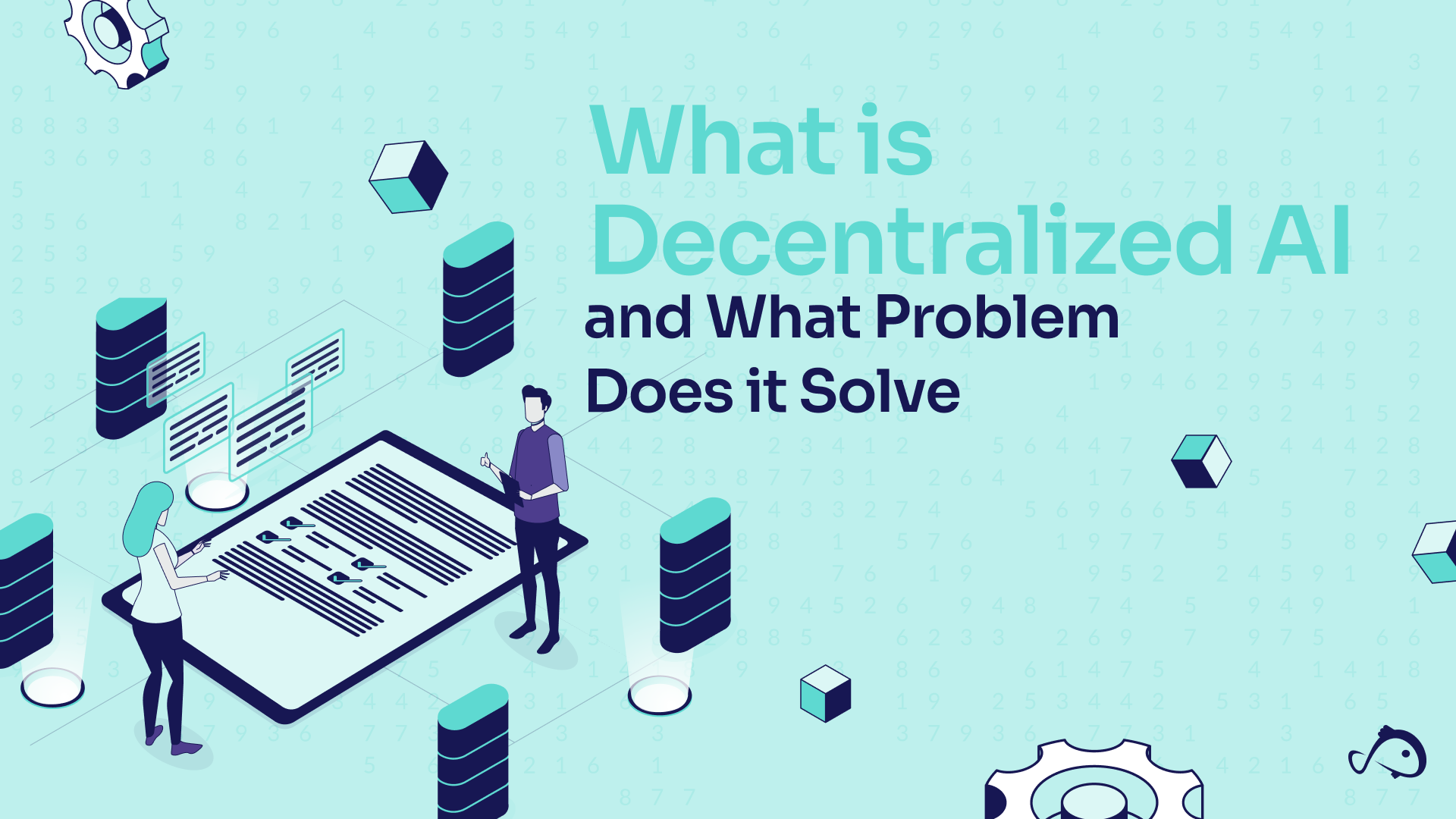The Escalation of Bitcoin Mining
As the costs of traditional mining rise and profitability declines, many bitcoin miners are exploring new revenue streams, particularly in the fields of artificial intelligence (AI) and high-performance computing (HPC). Amid these shifts, DePIN (decentralized physical infrastructure networks) present a forward-thinking and sustainable model that avoids many of the issues plaguing bitcoin mining.
Surging Energy Costs:
- The global increase in electricity prices has significantly impacted mining profitability.
- Following the 2024 Bitcoin halving, the cost of electricity to mine one Bitcoin surged. As of 21st August, MacroMicro reports that the average Bitcoin mining cost is $72,225 USD. For perspective, BTC is at 60,380.
- Specialized ASICs, essential for efficient mining, are energy-intensive, further inflating operational costs.
Centralization of Mining Pools:
- The majority of Bitcoin’s hash rate—78% is controlled by just four mining pools, with Foundry USA and AntPool currently hosting 55.1% of BTC’s hashrate, according to Hashrate Index.
- This centralization increases the risk of collusion and makes the network more vulnerable to 51% attacks and other forms of manipulation.
Reduced Profit Margins and Increasing Competition:
- The 2024 halving slashed Bitcoin mining rewards in half, pushing the breakeven point for many miners to approximately $53,000 per Bitcoin.
- Smaller operations are increasingly unprofitable and are being pushed out of the market, leaving the industry dominated by large-scale miners with access to cheaper energy.
Pivoting to AI: A Strategic Shift Amidst Centralization
In response to shrinking margins and heightened competition, Bitcoin miners are repurposing their hardware to tackle AI and HPC tasks, but this shift introduces new challenges:
Repurposing Hardware for AI:
- This week the Defiant quotes Nick Hansen, CEO of Bitcoin mining company Luxor, as saying “Bitcoin miners are making between $0.15 to $0.20 per kilowatt hour, while for AI, they rake in $2 to $3.”
- The Ethereum Merge, which transitioned the network from Proof-of-Work (PoW) to Proof-of-Stake (PoS), made GPU mining obsolete for Ethereum, freeing up computational power for other uses.
- However, Bitcoin’s ASIC miners, specialized for Bitcoin mining, cannot be repurposed for AI tasks. This means Bitcoin miners need to invest in entirely new hardware for AI computing, such as GPUs.
Environmental and Economic Implications:
- While AI and HPC offer alternative revenue streams, they are also energy-intensive, raising sustainability concerns similar to those faced by Bitcoin mining.
- The pivot to AI could lead to further industry centralization, as only the largest and most resource-rich companies can afford to make the transition.
DePIN: The Future of Decentralized Infrastructure
In response to the challenges posed by traditional mining and flawed tokenomics, Decentralized Physical Infrastructure Networks (DePIN) offer a promising solution. DePIN aims to decentralize critical infrastructure services like storage, computing, and networking by leveraging underutilized consumer hardware. Your idle laptop—when it isn’t helping to procrastinate or distract from work—could plug into a vast network, quietly processing tasks in a new kind of digital infrastructure.
Solving the Centralization Problem:
- Eliminating Centralized Mining Pools: Traditional mining has increasingly become dominated by large mining pools, where individual miners must pool their resources to have a chance at successfully mining a block. This centralization concentrates power in the hands of a few, undermining the decentralized ethos of blockchain. DePIN eliminates the need for such centralization by enabling individuals to contribute directly to the network with their own resources, without the necessity of pooling into large, centralized entities.
- Distributed Contribution: By allowing users to contribute their own computing power, storage, or data directly to the network, DePIN democratizes participation. Individuals no longer need to rely on centralized mining pools or invest in expensive, specialized hardware to earn rewards. This shift reduces the concentration of power and enhances the network’s resilience.
Ownership and Participation:
- User-Owned Infrastructure: DePIN envisions a future where infrastructure is owned and operated by users themselves, rather than centralized entities. This model democratizes access to decentralized services, enabling participants to contribute their resources—whether computational power, data, or content—and be fairly rewarded.
- Resilient and Distributed Networks: By decentralizing infrastructure ownership, DePIN creates more resilient and distributed networks, reducing the risks associated with centralized control and ensuring the long-term viability of the ecosystem.
Koii’s Model: DePIN’s Sustainable Alternative
Key Differentiators of Koii’s Model:
Work-for-Services Model:
- Participants contribute valuable services or content to the network, earning Koii tokens in return.
- This model eliminates the need for energy-intensive mining, reducing the network’s environmental footprint.
- Unlike centralized mining pools, which consolidate power, Koii allows for a more equitable distribution of resources, ensuring that power and rewards are more evenly distributed across the network.
Minimal Hardware Requirements:
- Koii’s model democratizes access by allowing anyone with basic computing power to participate.
- This contrasts sharply with Bitcoin mining, which requires expensive ASICs or GPUs, leading to centralization as only the largest players can afford to compete.
- By lowering the barrier to entry, Koii enables a broader range of participants to contribute and earn tokens, further decentralizing the network.
Sustainable and Controlled Token Distribution:
- The work-for-services model controls the token supply, reducing inflationary pressures and potentially leading to a more stable or appreciating value for Koii tokens.
- This stands in contrast to the inflationary nature of Bitcoin mining post-halving, where reduced rewards increase the cost of securing the network.
Distributed Resilience and Scalability:
- Koii’s architecture, supported by SCALEs (Succinct Curated Acyclic Ledger Extensions) and CARP (Compute Attribution and Reputation Protocol), enhances scalability and security by leveraging underutilized consumer hardware.
- Unlike traditional blockchains that rely on centralized mining pools, Koii distributes validation responsibility across 90,000 nodes, reducing the risk of centralization and single points of failure, and making the network more resistant to attacks.
- Koii’s approach highlights the features of DePIN, which aim to decentralize critical infrastructure services like storage, computing, and networking. DePIN models, like Koii, are inherently more resistant to attacks due to their decentralized nature. With no central point of control, they are less vulnerable to DDoS attacks and other disruptions that target centralized data servers.
- Koii’s work-for-services model contrasts sharply with traditional mining: it requires minimal hardware, distributes power equitably, controls token supply to reduce inflation, and enhances network resilience through its 90,000-node architecture supported by SCALEs and CARP technologies.
Comparing Traditional vs. Distributed Networks
So, is DePIN better? It depends.
Advantage:
- DePIN offers a more sustainable and inclusive approach to blockchain infrastructure. It utilizes idle consumer hardware, reducing energy consumption and democratizing participation, while maintaining security through distributed architecture.
Counterargument:
- Traditional mining’s pivot to AI and HPC leverages existing infrastructure and expertise, potentially offering higher profitability and contributing to advancing computational capabilities beyond just cryptocurrency.
Conclusion:
- While both approaches have merits, DePIN aligns more closely with blockchain’s original vision of decentralization and accessibility. As the industry evolves, DePIN models like Koii’s work-for-services approach offer a promising path to a more sustainable and equitable blockchain ecosystem.
Key Takeaway:
- DePIN represents a paradigm shift in blockchain infrastructure, balancing profitability with environmental responsibility and inclusive participation, potentially reshaping the future of decentralized networks.
Download your Koii node today.

 Cypherpunk Revolution: Securing Innovation with Bug Bounties And How You Can Help!
Cypherpunk Revolution: Securing Innovation with Bug Bounties And How You Can Help!